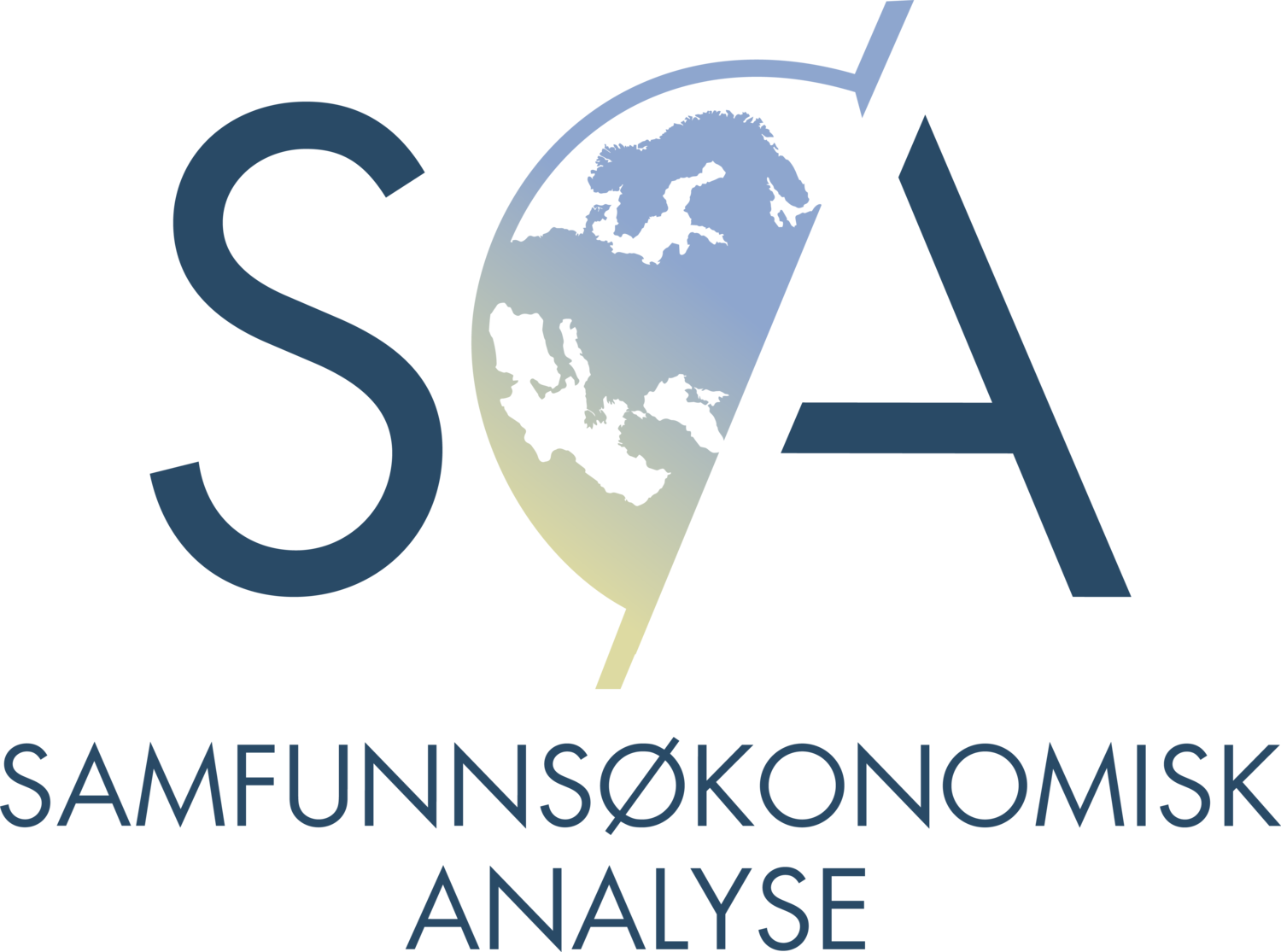This report proposes a comprehensive methodology for evaluating the Norwegian tax deduction scheme; SkatteFUNN. The SkatteFUNN research and development (R&D) tax incentive scheme was introduced in 2002, and is a governmental program designed to stimulate R&D in the business sector. The rationale behind initiating an R&D tax incentive scheme is the overall issue with companies not investing at a socially optimal amount in R&D, because of positive external effects are not fully internalised by the decision makers. SkatteFUNN should, first and foremost, stimulate R&D investments in the business sector (first order effect), and ideally also lead to innovations (second order effect) and to a more knowledge based economy (third order effect).
SkatteFUNN is set to decrease the realised cost of R&D investments for companies. Small and medium sized companies may receive a tax credit of up to 20 per cent of the eligible expenses related to R&D activity for approved projects, whereas large companies may receive a tax credit of up to 18 percent of eligible expenses. All costs must be associated with the approved project. To qualify as R&D, any activity must meet the definitions set out by the Research Council of Norway. If the tax credit for the R&D expenses is greater than the amount that the firm is liable to pay in tax, the remainder is paid in cash to the firm. If the firm is not liable for tax, the entire allowance is paid as a cash grant.
Throughout the last years, SkatteFUNN has been expanded. First in 2009 and later on in year 2014 and 2015. The expansions increased the threshold for tax deductions on private R&D expenditure. In 2008 the threshold on internal R&D projects was 4 mill. NOK a year. In 2009, 2014 and 2015 this threshold was raised, and in 2015 the limit is 15 mill. NOK.
SkatteFUNN has been notified to ESA as a R&D scheme. The scheme has been preapproved by ESA and is view upon by ESA as a scheme the meet the ESA standard for state aid. The preapproval also implies that the Norwegian authorities conducted an impact evaluation in line with the EU Guidelines on Regional State Aid.
The evaluation process
The evaluation process is separated into five phases. The first phase consists of this report; a feasibility study that proposes evaluation methods and data requirements for the actual evaluation. The second phase is a dialogue between the principal, expert groups and evaluation communities in order to discuss the recommendations in the feasibility study. The third stage is an internal process within the Ministry of Finance of writing the tender(s) and selecting the evaluator(s). The Ministry of Finance will select an external expert group to conduct the actual evaluation of SkatteFUNN. The fourth phase is the actual evaluation with the production of the first draft. As with the feasibility study, the evaluator will be asked to seek guidance in the Staff Working Document from the Commission on evaluation methodologies (European Commission, 2014). The fifth stage is the assessment of the evaluation, after the first draft. To provide the best possible assessment, the ministry will establish an independent peer review group with the aim of giving reasoned opinions on the evaluation. The evaluator will finalise the report based on the comments from the peer review group.
Suggested evaluation approach
This report presents the feasibility study. We argue that the ex post evaluation of SkatteFUNN must focus on two criteria. Firstly, whether or not SkatteFUNN led to activities that would otherwise not have been initiated. This is denoted as additionality and covers, among other aspects, additional R&D investments and innovation. Secondly, the SkatteFUNN must have an effect on the beneficiaries in terms of increased economic performance.
There are several ways of conduct impact assessments of both additionality and effect of SkatteFUNN. We argue that using various econometric models. Our recommendations are based on a thorough discussion of whether the different econometric approaches comply with the European Commission’s evaluation criteria outlined in the Commission Staff Working Document (European Commission, 2014).
The criteria state that the evaluation intends to address the objectives of the scheme, specifically identifying the direct effects, but also the indirect effects and effects of potentially more efficient instruments. Most importantly, the evaluation must use methods that identify causal effects or the counterfactual development.
We recommend that the evaluation is conducted using three different variants of Difference-in-Differences (D-i-D) econometric estimation. This is also consistent with recommendations in the Commission Staff Working Document. The D-i-D method is established as well suited for policy evaluation, albeit not without its pitfalls. The main challenge is to find suitable control groups, which in turn is crucial for establishing the counterfactual development. Consequently, our analysis recommend using three different methods, capturing different delimitations of the measured population:
- Using D-i-D modelling and add explanatory variables to control for differences between beneficiaries and non-beneficiaries. Furthermore, the explanatory variables must ensure that the parallel trends assumption is met.
- Using a matching procedure to establish control groups of non-beneficiaries. We suggest both Propensity Score Matching (PSM) and Coarsened Exact Matching (CEM). Both procedures produce control groups that can be implemented in D-i-D modelling, potentially ensuring the parallel trends assumption is met. It is important to note that both PSM and CEM allows for testing the consistency between beneficiaries and their control group by completing balancing tests.
- As a third method, we suggest implementing regression discontinuity design (RDD). This allows us to establish a group of beneficiaries and non-beneficiaries on both sides of a given threshold. Again, this approach can be implemented with D-i-D modelling.
Throughout the years, SkatteFUNN has been elaborated. A central part is measuring the return on additional investments. International literature on measuring return on R&D investment is quite clear, and has been developed for more than three decades. We recommend following the international literature.
Furthermore, our feasibility study possible ways of analysing the proportionality and appropriateness of SkatteFUNN. Proportionality and appropriateness covers several aspects, e.g. whether the impact of SkatteFUNN is proportional with the costs of financing the scheme, whether alternative measures could achieve similar impact, whether there are distortive effects of SkatteFUNN and whether SkatteFUNN is linked to other schemes in the public support system for R&D and innovation.
Among others we suggest to do a coherence analyse of SkatteFUNN and other schemes. By following SkatteFUNN beneficiaries we can trace them across various schemes and thus see how various schemes are linked. By controlling for alternative schemes in the D-i-D estimation, the evaluator could also reveal the proportionality and appropriateness of SkatteFUNN. Since the econometric models are based on micro-level data, it will be possible to delimit the population to a selected industry level and then estimate effects of the SkatteFUNN on R&D investments, innovation, labour productivity other variables of interest. E.g. if the impact is strong on the EU-export oriented industries, one can argue that there are distortive effects on competition and trade with EU member countries.
In order to investigate misuse of SkatteFUNN we suggest comparing reported information to tax deduction with various data sources. By doing so we can identify potential disproportionality between reported figures and de facto figures stemming from accounting data, R&D statistics or other eligible data sources.

